Clavicle Fracture
The Clavicle is part of your shoulder and connects your rib cage to your arm.
The Clavicle lies above several important nerves and blood vessels. However, these vital structures are rarely injured when the Clavicle breaks, even though the bone ends can shift when they are fractured.
The clavicle is a long bone and most breaks occur in the middle of it. Occasionally, the bone will break at its ends, where it attaches at the ribcage or Shoulder blade.
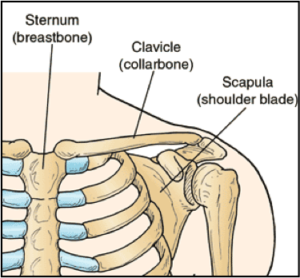
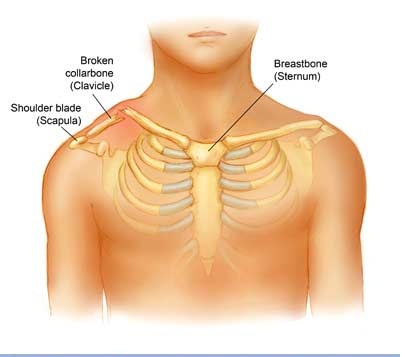
Symptoms:
Clavicle Fractures can be very painful and may make it hard to move your arm. Additional symptoms include :
- Sagging Shoulder (down and forward)
- Inability to lift the arm because of pain
- A grinding sensation if an attempt is made to raise the arm
- A deformity or "bump" over the break
- Bruising, swelling, and/or tenderness over the collarbone
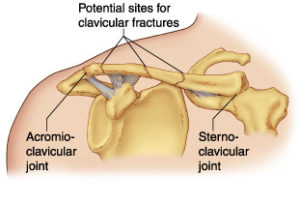
Investigations:
X-ray of the Shoulder - Anterior Posterior View

Treatment
Conservative Treatment:
1. Figure of 8 Strapping and Cuff and Collar
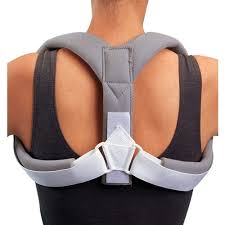
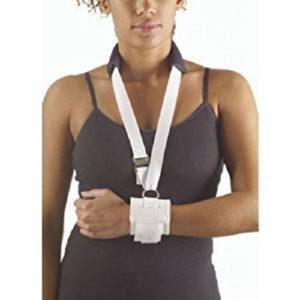
2. Anti-inflammatory medications
3. Physical therapy after 6 weeks
Complications
The fracture can move out of place before it heals. It is important to follow up with your doctor as scheduled to make sure the bone stays in position.
If the fracture fragments move out of place and the bones heal in that position, it is called a "malunion." Treatment for this is determined by how far out of place the bones are and how much this affects your arm movement.
A large bump over the fracture site may develop as the fracture heals. This usually gets smaller over time, but a small bump may remain permanently.
Surgical Treatment
If your bones are displaced, your doctor may recommend surgery. Surgery can align the bones exactly and hold them in good position while they heal. This can improve shoulder strength when you will recover.
Plates and Screws
During this operation, the bone fragments are first repositioned into their normal alignment, and then held in place with special screws and/or by attaching metal plates to the outer surface of the bone.
After surgery, you may notice a small patch of numb skin below the incision. This numbness will become less noticeable with time. As there is not a lot of fat over the collarbone, you may be able to feel the plate through your skin.
Complications
People who use any kind of tobacco product, have diabetes or belong to elder age group are at a higher risk for complications during and after surgery. They are also more likely to have problems with wound and bone healing. Be sure to talk to your doctor about the risks and benefits of surgery for your clavicle fracture.
There are risks associated with any surgery, including :
- Infection
- Bleeding
- Pain
- Blood clots in your leg
- Damage to blood vessels or nerves
- Nausea
- Lung injury
- Hardware irritation
